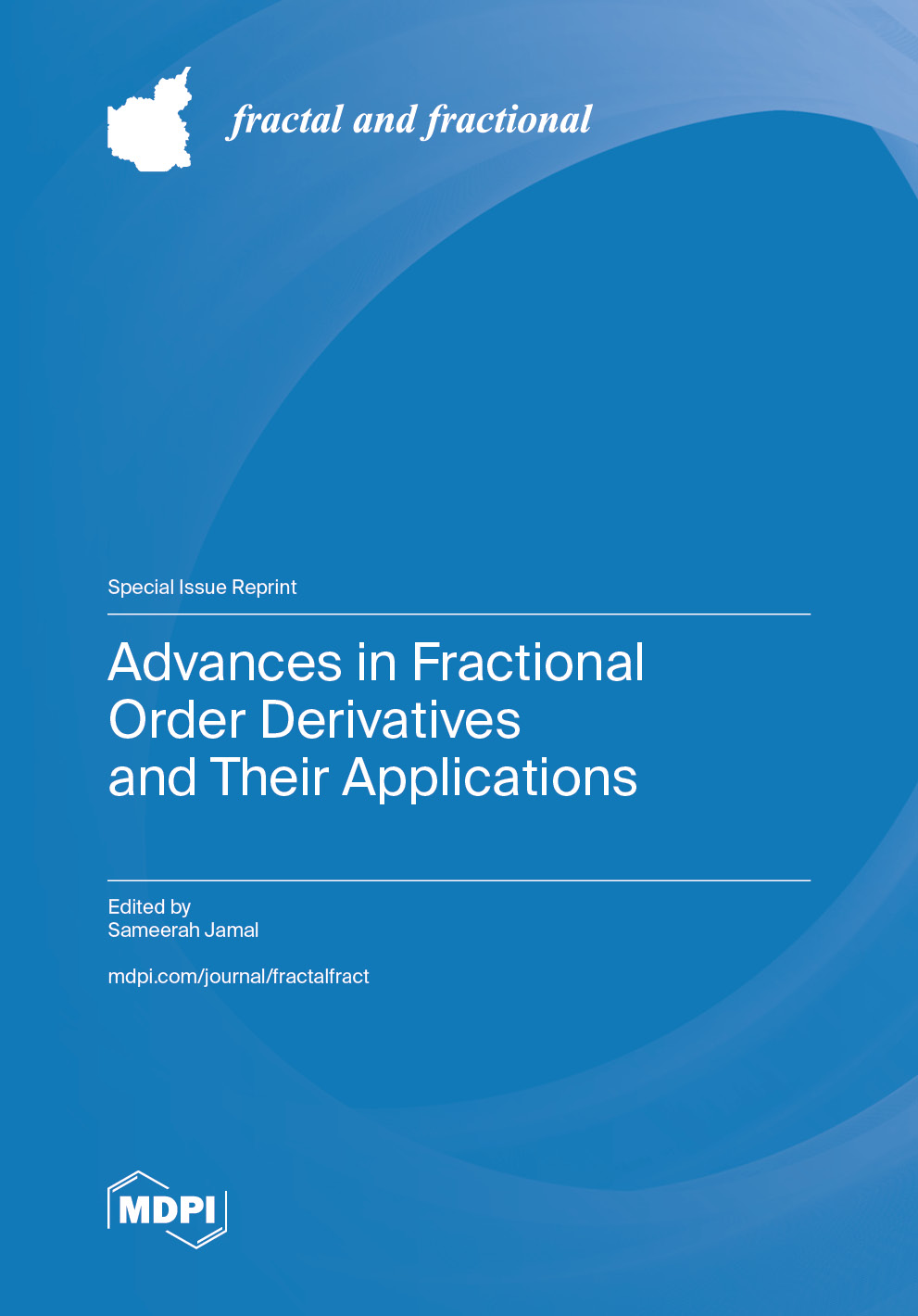Advances in Fractional Order Derivatives and Their Applications
A special issue of Fractal and Fractional (ISSN 2504-3110). This special issue belongs to the section "Numerical and Computational Methods".
Deadline for manuscript submissions: closed (31 July 2023) | Viewed by 18955
Special Issue Editor
Interests: differential equations; symmetries; conservation laws; exact solutions; cosmology
Special Issues, Collections and Topics in MDPI journals
Special Issue Information
Dear Colleagues,
Fractional order derivatives have had a revolutionary impact on the scientific community. Its study has grown in leaps and bounds, from analytical methods to numerical techniques. Consequently, applications of fractional order differential equations are now widespread across every possible area of research.
The focus of this Special Issue is on the advancement of research on fractional order derivatives and their multi-faceted applications. Topics that are invited for submission include (but are not limited to):
- Mathematical modeling with fractional order derivatives;
- Symmetry analysis of fractional order equations;
- Conserved quantities related to fractional order models;
- The various solution techniques for fractional order equations;
- Special functions that are linked to the solution of fractional order equations;
- Software to aid computations and analysis for fractional order derivatives and equations.
Prof. Dr. Sameerah Jamal
Guest Editor
Manuscript Submission Information
Manuscripts should be submitted online at www.mdpi.com by registering and logging in to this website. Once you are registered, click here to go to the submission form. Manuscripts can be submitted until the deadline. All submissions that pass pre-check are peer-reviewed. Accepted papers will be published continuously in the journal (as soon as accepted) and will be listed together on the special issue website. Research articles, review articles as well as short communications are invited. For planned papers, a title and short abstract (about 100 words) can be sent to the Editorial Office for announcement on this website.
Submitted manuscripts should not have been published previously, nor be under consideration for publication elsewhere (except conference proceedings papers). All manuscripts are thoroughly refereed through a single-blind peer-review process. A guide for authors and other relevant information for submission of manuscripts is available on the Instructions for Authors page. Fractal and Fractional is an international peer-reviewed open access monthly journal published by MDPI.
Please visit the Instructions for Authors page before submitting a manuscript. The Article Processing Charge (APC) for publication in this open access journal is 2700 CHF (Swiss Francs). Submitted papers should be well formatted and use good English. Authors may use MDPI's English editing service prior to publication or during author revisions.
Keywords
- fractional order derivatives
- fractional calculus
- Caputo derivatives
- Riemann–Liouville derivatives
- numerical analysis
- modeling
- application
Benefits of Publishing in a Special Issue
- Ease of navigation: Grouping papers by topic helps scholars navigate broad scope journals more efficiently.
- Greater discoverability: Special Issues support the reach and impact of scientific research. Articles in Special Issues are more discoverable and cited more frequently.
- Expansion of research network: Special Issues facilitate connections among authors, fostering scientific collaborations.
- External promotion: Articles in Special Issues are often promoted through the journal's social media, increasing their visibility.
- e-Book format: Special Issues with more than 10 articles can be published as dedicated e-books, ensuring wide and rapid dissemination.
Further information on MDPI's Special Issue polices can be found here.






